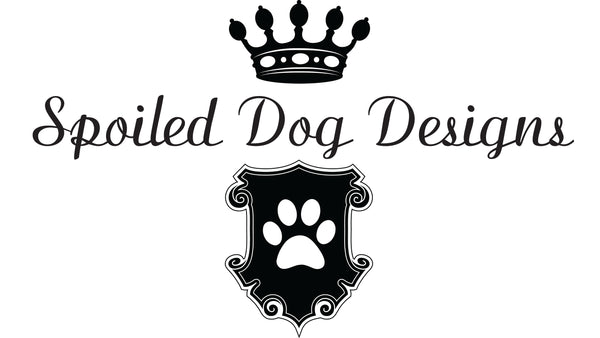Choosing a Harness

I flat out prefer harnesses to walk a dog versus a lead hooked to a collar. Except in cases where you are training a big dog, a harness gives you more control and, if designed right, does not pull on the neck.
This is especially a concern for Chihuahuas, who are prone to a collapsed esophagus, and other small dogs with delicate necks. If you feel the front of your dog’s neck, you can feel how delicate the esophagus is and imagine how it feels to have a collar pulled in that area. If your dog coughs while walking on a collar and no other time, I suggest a harness.
Shortly after I rescued Bella, I took her and Angelo to a huge street event. I was meeting up with friends and their dogs. As we were standing around talking, a mini poodle growled and lunged at Bella. Because she had a harness on, I was able to pull up on the leash, lift her out of harm’s way, and grab her into my arms. I could not have done that if I was walking her on a collar. I hear similar stories all the time and would love for you to share yours so we can all learn together.
Once you decide to put a harness on your dog, you have to choose the style that works best for you and your dog. Here’s the pros and cons of the two basic styles we make a Spoiled Dog Designs.
VEST HARNESSES: These harnesses velcro at the chest (not the neck) and belly. That gives you room for adjustment if your dog is growing, loosing/ gaining weight, or has different summer and winter cuts. They easily go on by putting the harness on the dog’s back and wrapping the two sides of velcro together. The potential downsides are that some dogs are frightened by the sound of a lot of velcro. It can get caught in long hair. And, although we put adequate velcro on each harness, if your dog is a strong puller, you might feel more secure with a step-in harness.
STEP-IN HARNESSES: We worked on this design for a long time until we got it just the way we wanted it. Your dog’s front legs step into this harness and it wraps around his/her body. It fits around the biggest part of the chest and is no where close to the neck. There is a small piece of velcro to hold the two sides together at the back and a “D” ring on each side. The lead attaches to the two “D” rings so there is no way the dog is getting out of this. If your pooch is a strong puller, all the force goes against their chest which gives you better control and is completely safe. The downside is that there is only a little adjustment to size and some dogs don’t make it easy when you have to put their legs in the holes.
As for the fit, for either harness, if your dog does not match up perfectly to the sizes in our Size Chart, I suggest you measure them and include that measurement in the comments section of the order check out. This way we can make the harness to fit your dog perfectly. It will take a 5-7 days to make the harness and ship it but it will be a custom fit. For the Vest Harness, measure then around the broadest part of their chest and at the lower part of the neck at the shoulders. For the Step-In Harness, measure them about 2″ behind the front legs.
So now you know that I have a strong bias towards harnesses for all dogs but especially for small dogs. I’d love to hear from you about your preferences. And if you use a harness, which style works best for you and your fur baby.
Thanks for reading.
The post Choosing a Harness appeared first on Spoiled Dog Designs Blog.


